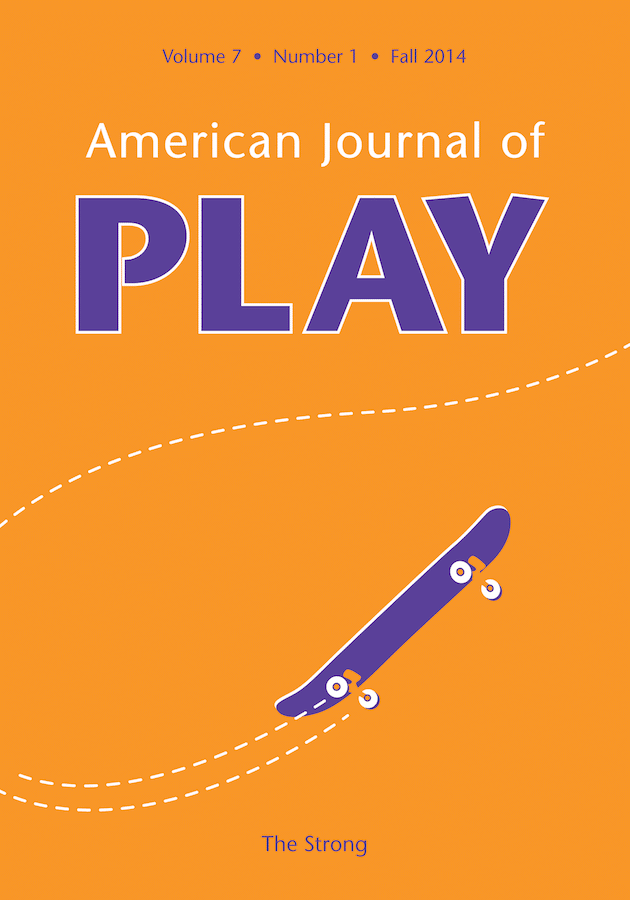A Polymath at Play: An Interview with Margaret Boden
Margaret Boden is Research Professor of Cognitive Science at the University of Sussex, where she was the founding dean of the university’s School of Cognitive and Computing Sciences. Trained originally at the University of Cambridge and at Harvard University in medicine and the history of philosophy, she has since pursued and published in related fields such as psychology, social psychology, linguistics, neuroscience, cybernetics, control engineering, computer science, and artificial intelligence. A frequent interviewee on television and radio in the United Kingdom, she lectures widely in Europe, North and South America, and Asia. Boden is known best for two widely translated books, The Creative Mind: Myths and Mechanisms, where she draws on computational ideas to explore human intuition, and the two-volume history of cognitive science, Mind as Machine: A History of Cognitive Science, in which she investigates in a computational frame the range and latitude of consciousness itself. In this interview, Boden reflects on her diverse interests with special reference to the relationship of combinatory play to creativity and invention in science and technology, art and architecture, mathematics, philosophy, and literature. Key words: artificial intelligence; combinatory play; creativity; interdisciplinarity; invention; neuroaesthetics




